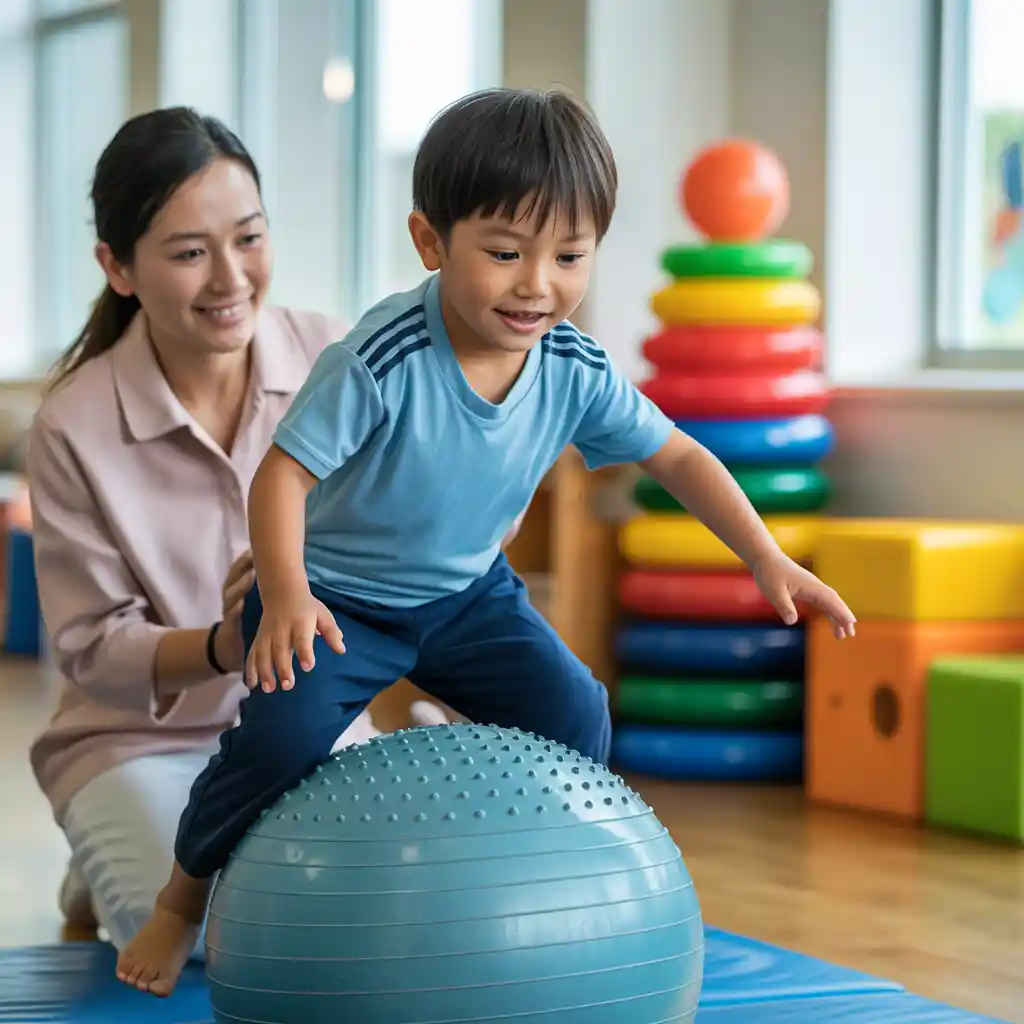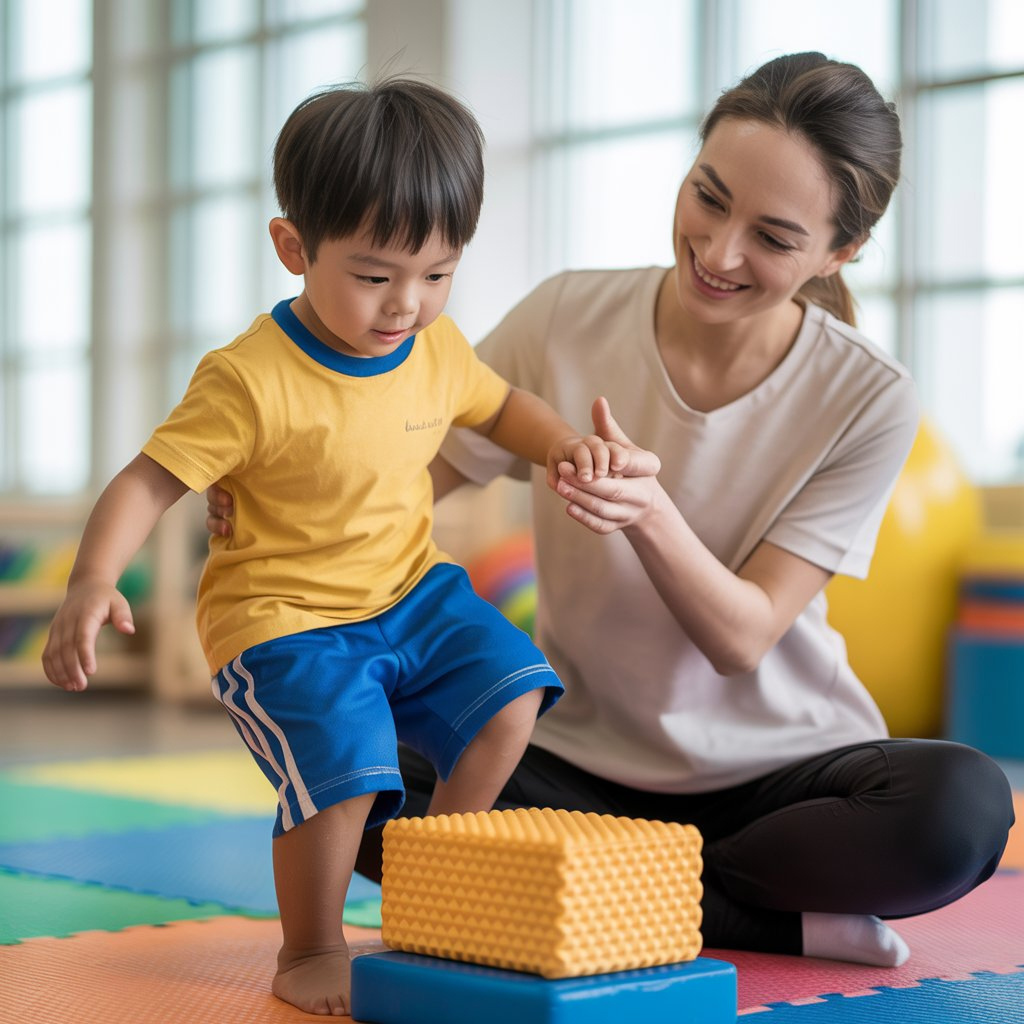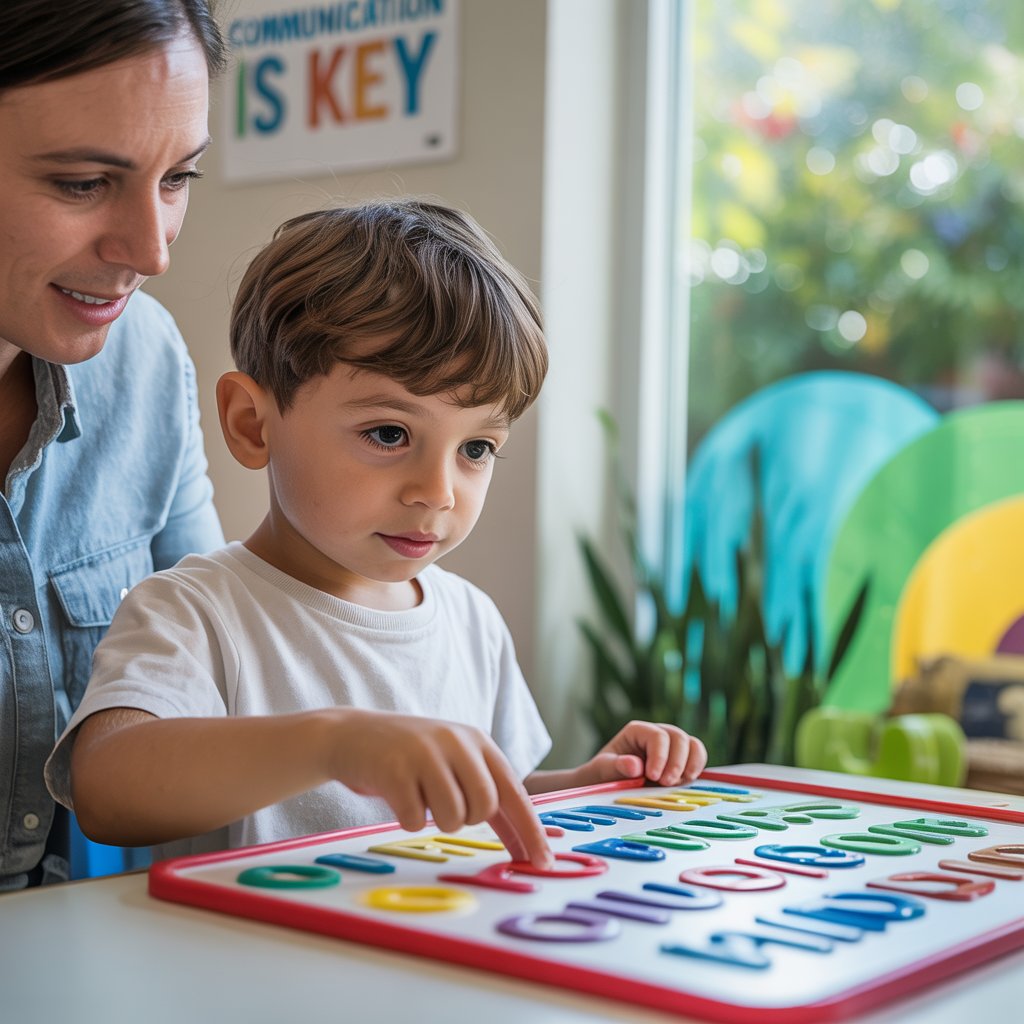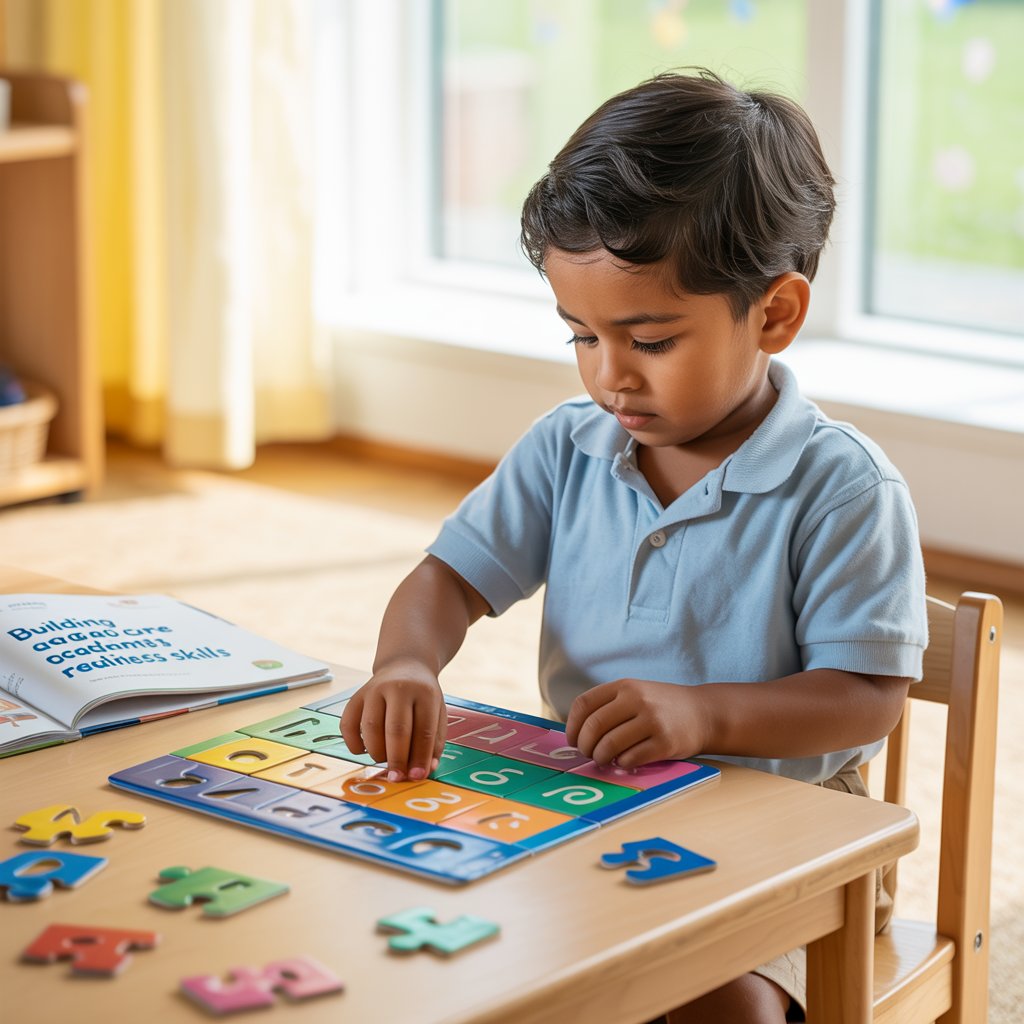Understanding Gross Motor Skills in Neurodevelopmental Conditions

Ever watched a child with ADHD or autism try to catch a ball? The look of frustration when their body just won't cooperate with what their brain wants to do is heartbreaking.
As parents and therapists, we often focus on social skills or attention spans, completely missing how gross motor skills in ADHD and autism affect everything from classroom confidence to playground friendships.
I've spent 15 years working with these incredible kids, and I'm about to share what actually works—not the cookie-cutter approaches that ignore the unique motor challenges these children face.
What most specialists won't tell you is that the connection between brain and body in neurodivergent kids works differently, and it's not just about trying harder or practicing more.
Defining gross motor skills and their developmental importance
Think of gross motor skills as the big movements – the ones that use large muscles in your arms, legs, and core. These aren't just nice-to-have abilities; they're essential building blocks for how we interact with the world around us.
When kids jump, climb, run, or even sit upright, they're using gross motor skills. These movements might look simple to us adults, but they're actually complex developmental achievements that create the foundation for everything from playground play to classroom learning.
Gross motor development follows a predictable pattern:
- First comes head control
- Then rolling over
- Sitting up
- Crawling
- Standing
- Walking
- Running and beyond
Each milestone builds on the previous one, creating a ladder of physical ability that supports cognitive and social growth too. A child who feels confident moving their body can explore more, learn more, and connect more.

Common gross motor challenges in ADHD
Kids with ADHD often struggle with motor skills in ways parents might not immediately connect to the diagnosis. The same brain differences that affect attention and impulse control can impact coordination, timing, and body awareness.
You might notice your ADHD child:
- Bumping into things constantly
- Having trouble staying in their seat
- Seeming clumsy or accident-prone
- Struggling with activities requiring balance
- Finding it hard to regulate force (pushing too hard, gripping too tightly)
- Moving too quickly or too slowly for the situation
These aren't behavior problems – they're motor planning issues. The ADHD brain sometimes struggles to coordinate muscle groups or sequence movements properly. Research shows nearly half of children with ADHD have motor coordination difficulties significant enough to impact daily life.
The fidgeting and hyperactivity we associate with ADHD often represent the body's attempt to regulate itself through movement. That constant motion has a purpose – it helps maintain the arousal level needed for focus.
Typical gross motor difficulties in autism spectrum disorder
Autism affects motor skills differently than ADHD, though there's definitely overlap. About 80% of autistic children show some motor delays or differences, often starting in infancy before other autism signs become apparent.
The motor profile in autism frequently includes:
- Unusual gait or walking pattern
- Toe walking
- Difficulty with imitation
- Problems with motor planning and sequencing
- Postural instability
- Repetitive motor movements
- Challenges with bilateral coordination (using both sides of the body together)
Many autistic kids appear stiff or awkward in their movements. Others might have excellent motor skills in specific areas (like climbing) while struggling tremendously with others (like catching a ball).
These difficulties aren't just physical – they affect social development too. Think about it: if coordinating your body for playground games is exhausting, you're less likely to join in. If team sports feel impossible, you miss those social opportunities.
Overlapping motor issues in comorbid ADHD and autism
When ADHD and autism occur together (which happens in about 30-50% of cases), motor challenges often multiply. It's not just a simple addition of difficulties from both conditions – they interact in complex ways that can create unique profiles.
The overlapping challenges typically include:
Children with both conditions often show more severe motor delays than those with either diagnosis alone. Their sensory processing differences can compound these issues – if you're overwhelmed by gym class noise and struggling with coordination, physical education becomes incredibly challenging.
The good news? Targeted interventions can help. Occupational and physical therapy approaches that address both conditions simultaneously show promising results. Simple adjustments like breaking skills into smaller steps and providing extra processing time can make a world of difference.







